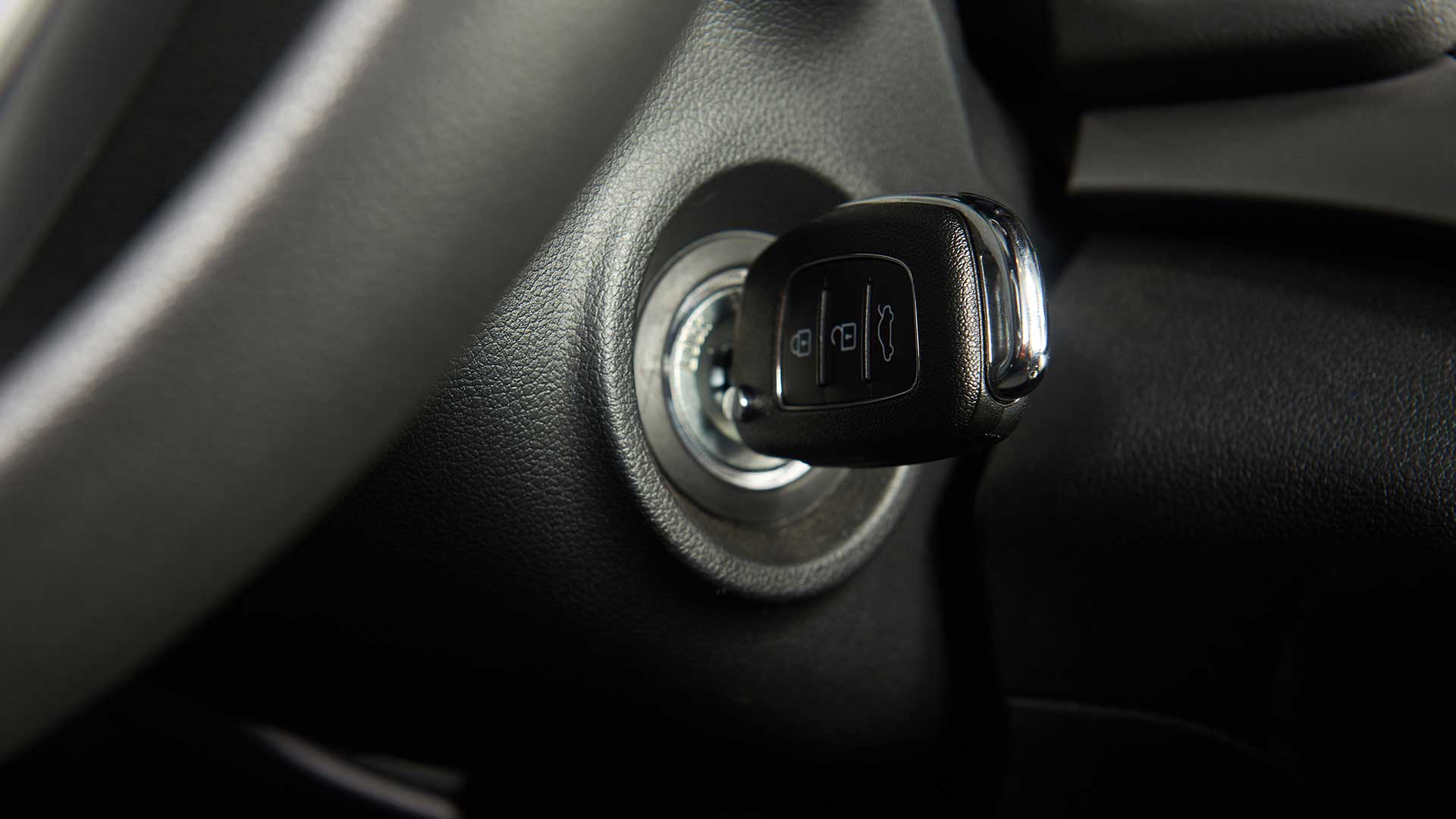In today’s rapidly advancing technological landscape, the significance of security cannot be overstated. As a cornerstone of both personal and organizational safety protocols, passive disabling devices play a pivotal role. These devices, often overlooked, are fundamental in deterring unauthorized access and enhancing security measures. In this blog, we delve into the essence of passive disabling devices, their types, applications, and the benefits they offer. Additionally, we’ll address some frequently asked questions to clear up common misconceptions and provide essential information about these security tools.
What is a Passive Disabling Device?
A passive disabling device is a security mechanism that automatically engages to prevent or deter unauthorized access, use, or theft without the need for manual activation. Unlike active systems, which require human intervention or a trigger to become operational, passive devices are always on guard, offering continuous protection. These devices are crucial in various settings, from automotive security to personal safety and commercial security systems.
Types and Examples
Passive disabling devices come in many forms, each designed to address specific security concerns. Here are some common types:
- Steering wheel locks: Prevent the steering wheel from turning, thus deterring vehicle theft.
- Immobilizers: Electronic devices that prevent the engine from starting unless the correct key or fob is used.
- Security tags and labels: Used in retail to prevent shoplifting, these tags trigger alarms if not deactivated at checkout.
- Tamper-evident seals: Indicate if unauthorized access has occurred, protecting sensitive information or products.
Applications of Passive Disabling Devices
The applications of passive disabling devices are vast, spanning various industries and personal security needs. They are used in:
- Automotive security: To prevent vehicle theft through immobilizers and steering wheel locks.
- Retail loss prevention: Using tags and labels to deter shoplifting.
- Home security: Employing deadbolts and window locks that provide continuous protection without needing to be activated.
- Data security: Using tamper-evident seals on data storage devices to indicate unauthorized access.
Passive Disabling Devices Table
| Type | Description | Application |
|---|---|---|
| Steering Wheel Lock | A lock that prevents the steering wheel from turning. | Automotive security |
| Immobilizer | An electronic device that prevents the engine from starting without the correct key. | Automotive security |
| Security Tags and Labels | Tags that trigger alarms if not deactivated, used in retail. | Retail loss prevention |
| Tamper-Evident Seals | Seals that show if a product or container has been opened. | Data security, product integrity |
Frequently Asked Questions
What makes passive disabling devices effective in deterring theft?
Passive disabling devices are effective because they offer continuous protection without requiring human intervention. Their mere presence can deter potential thieves, who prefer targets with fewer obstacles. Additionally, the effort or specialized tools needed to bypass these devices often outweighs the potential reward, further discouraging unauthorized access or theft.
How do immobilizers work?
Immobilizers are sophisticated electronic devices integrated into a vehicle’s ignition system. They use a unique code embedded in the vehicle’s key or a key fob. When the key is inserted into the ignition or brought near the vehicle, the immobilizer reads the code. If the code matches the one programmed into the vehicle’s system, the engine will start. Otherwise, the immobilizer prevents the engine from starting, effectively deterring vehicle theft.
Can passive disabling devices be bypassed?
While passive disabling devices significantly enhance security, no system is entirely foolproof. Skilled thieves with the right tools and knowledge may find ways to bypass these systems. However, the complexity and time required to do so make protected targets less appealing, thereby fulfilling the devices’ primary goal of deterrence.
Are there any downsides to using passive disabling devices?
The primary downside is the potential for inconvenience. For example, if a vehicle’s immobilizer system malfunctions, it could prevent the rightful owner from starting the vehicle. Similarly, security tags in retail need to be correctly deactivated to prevent false alarms. Despite these concerns, the benefits of enhanced security and theft prevention far outweigh the potential inconveniences.
Conclusion
Passive disabling devices are indispensable in today’s security-conscious world. By providing continuous, automatic protection, they play a crucial role in deterring unauthorized access and theft across various domains. Whether through automotive immobilizers, retail security tags, or tamper-evident seals, these devices enhance our sense of security and peace of mind.
For those in Kansas City looking for expert security solutions, NonStop Locksmith is your go-to provider. Offering a wide range of services, from residential locksmith services to 24/7 emergency locksmith services, our team is equipped to enhance your security with the latest passive disabling devices and more. Whether you’re in need of a commercial locksmith or curious about how to open a locked door with a screwdriver, NonStop Locksmith is here to help. Serving areas from Lenexa to Overland Park, our expertise ensures you’re in safe hands.
Contact us today to fortify your security with the latest in passive disabling technology and enjoy the peace of mind that comes with top-notch protection.


